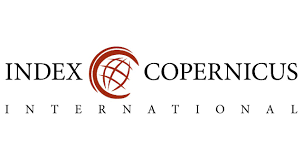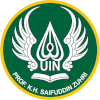Digitizing Halal MSMEs: Strategies to Sustainability of Halal MSMEs
DOI:
https://doi.org/10.24090/ieibzawa.v1i1.756Keywords:
digitalization; halal MSMEs; sustainability.Abstract
This study aims to analyze the digitization of Halal MSMEs as a strategy to encourage business sustainability. Halal MSMEs are referred to as MSMEs that already have halal certification by including the halal logo on their products. The research approach is qualitative with case study type. Sources of data come from primary data with data collection techniques of observation, interviews, and documentation. Data analysis was carried out by data reduction, data presentation, and drawing conclusions. The results of the study show that Halal SMEs, one of which is Bakpia Eka SMEs, already have Halal legality from the Indonesian Ulema Council. Bakpia Eka Halal MSME Digitization using the marketplace Shopee, Instagram, website, Tokopedia, Facebook, and Bukalapak. The sustainability of Halal MSMEs can be demonstrated through increased sales of the role of digitization in Halal MSMEs, namely sales turnover that continues to increase from time to time, more markets that become sales areas, increased sales stalls. The practical implications of digitizing Halal MSMEs encourage MSMEs in general to immediately have Halal legality, increase the use of digitization in Halal MSME businesses, because Bakpia Eka with the halal logo makes it easier to enter from various digital market stalls, and reach a wider market.











